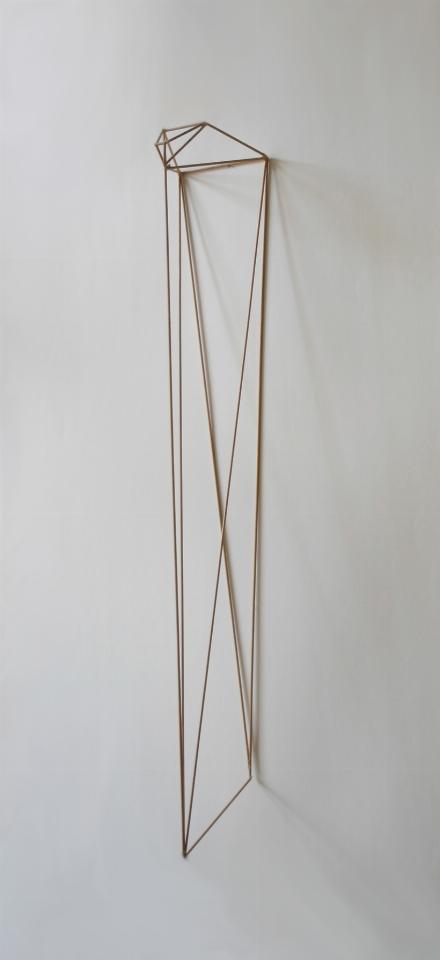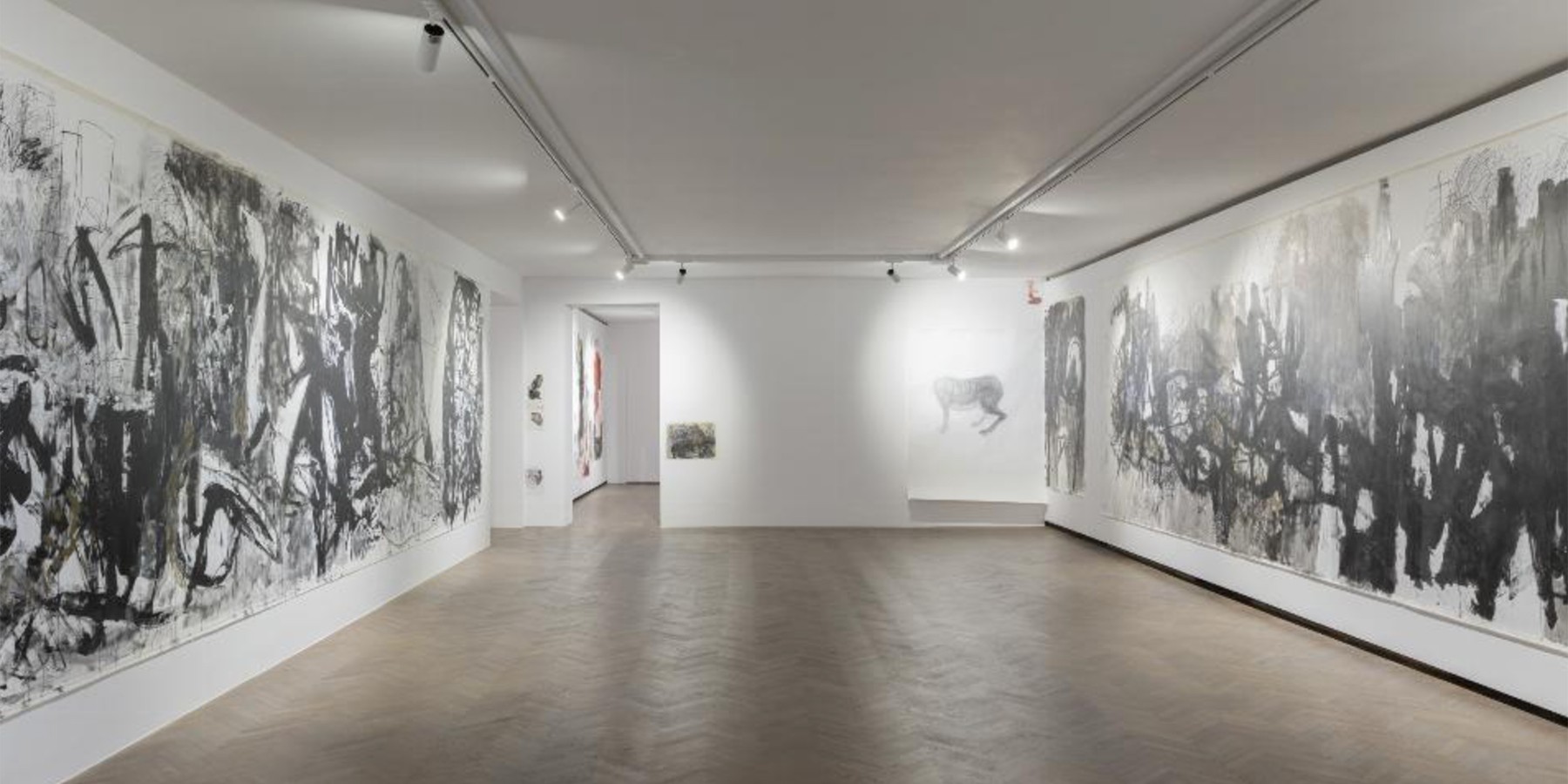Jarosław Kozakiewicz
IGO (Identified Geometrical Objects)
Jarosław Kozakiewicz
IGO (Identified Geometrical Objects), 2004, 2 sculptures, wood, 88 × 13.5 × 16 cm, 86 × 13.5 × 7 cm; drawing, pencil on paper, 32.5 × 40 cm
Collection II of the Arsenal Gallery in Białystok. Work purchased by the Arsenal Gallery

Jarosław Kozakiewicz’s explorations, in terms of both sculpture and architecture, are based on the humanistic concept of art. The empathically treated human relations with the environment are the main determinant of his works. The point of departure for many of his pieces which dwelled on the issue was the project titled Pejzaże. Koncepcja humanistycznej teorii Układu Słonecznego [Landscapes. The Concept of a Humanistic Theory of the Solar System] (1998). The artist has presented the nine planets of the Solar System and a hypothetical planet X as casts of the orifices in the human body, which he then imposed, in the proper proportions, on the map of Europe. The congruency of the macro- and microcosms has thus been reduced to a human being.
The works of Kozakiewicz make references to cosmology and the ancient discovery of an analogy between the structure of the universe and the proportions of the human body. Mathematicians and philosophers of ancient Greece and Rome, and later their Renaissance continuators, talked about the principle of the golden ratio – the divine proportions in both the designs of temples and the construction of the human body. This interdependence was most clearly expressed by Vitruvius in his concept of human body proportions (its most popular visualization is the famous drawing of the Vitruvian Man by Leonardo da Vinci), and the anthropomorphic vision of architecture. The latter was continued in the system of proportions offered by Le Corbusier.
The reflections of Kozakiewicz, very well exemplified by IGO (Identified Geometrical Objects), fit into the long tradition of explorations, but at the same time depart quite far away from their formalist queries. The outlines of forms “inscribed in the human body” were delineated by means of connecting lines coming out of the nine orifices of the body and related to the life functions of seeing, breathing, eating, reproducing, and excreting. Each of the forms creates the core of the organism, its internal principle. Thus it is not proportion which is important to the artist; the mathematically expressed relations of a human being with the surrounding reality take back stage. According to his interpretation, geometry has a humanistic dimension – abstract form converges in itself all that is the sine qua non condition of life.
Izabela Kopania

PLAN YOUR VISIT
Opening times:
Thuesday – Sunday
10:00-18:00
Last admission
to exhibition is at:
17.30